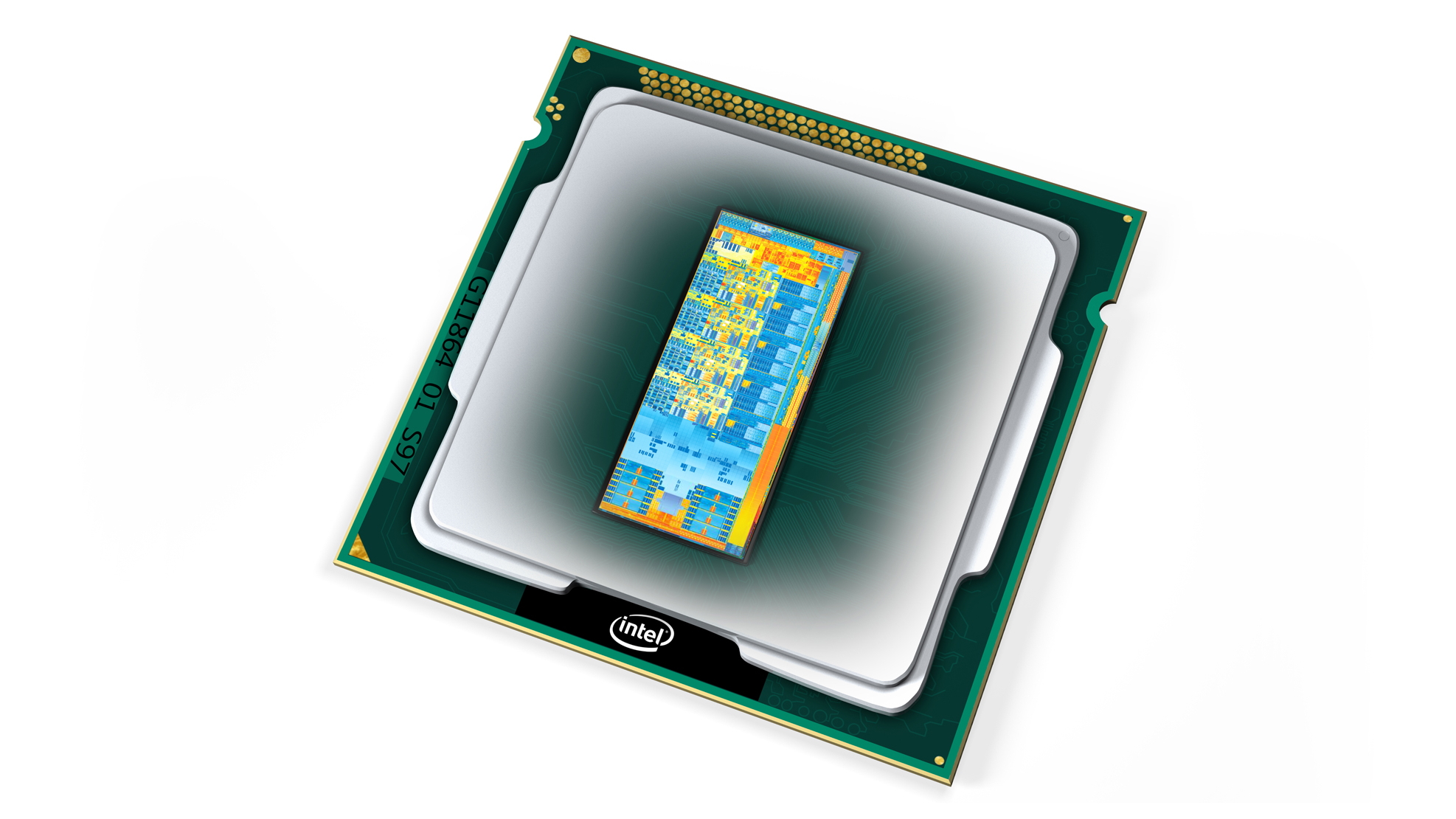Why QuickSync is Intel's secret weapon
Why Intel's little-known and little-used QuickSync video encode feature is actually rather awesome

Is it time to give up on traditional CPU performance and embrace alternative methods?
That's what I've been pondering of late thanks to Intel QuickSync video feature, reprised in its latest Ivy Bridge processors, the Intel Core i5-3750K and the Intel Core i7-3770K.
QuickSync, of course, is far from new. It's in Intel's previous Sandy Bridge generation of CPUs and therefore it's been around for over a year. But in raw performance terms, it was still the most impressive single feature in the new Ivy Bridge processors.
In part that's because Ivy Bridge brings very little extra in terms of plain old CPU performance, something that I see becoming more and more of a trend as Intel switches its focus to mobile and ultramobile computing. But there's more to it than that.
For my testing, I transcoded an hour-long full-HD episode of a certain swords and just-a-little sorcery that's proving popular at the moment. Using the four CPU cores in the 3770K, which is the fastest of the new Ivy Bridge chips, the task takes around 10 to 15 minutes depending on setting.
Not bad and probably four or five times faster than you might expect from a typical PC with a dual core chip with a couple of years under its belt. However, flick the switch on QuickSync and accelerate the work in hardware and the time tumbles to just a few minutes.
In other words, it's become quick enough to do as a last moment thing before you pop out the door. Fancy catching up on your favourite show in the train that day? No real planning required. If you remember that you wanted to do it at all, you've probably got time thanks to QuickSync.
Get daily insight, inspiration and deals in your inbox
Sign up for breaking news, reviews, opinion, top tech deals, and more.
What about AMD and Nvidia?
Of course, there are a few provisos. Intel does make more powerful PC processors than the 3770K. The Intel Core i7-3960X, for instance, has six cores and will give you around 30 per cent better performance in CPU-encoding mode. But that's still miles off the performance of the 3770K using QuickSync. And the 3960X is based on a server-derived architecture and completely lacks the QuickSync feature.
It's also intriguing to note that QuickSync performance holds up pretty well in lower spec Intel processors. I've a pretty weedy Ultrabook knocking about that will transcode video at about half the pace of the 3770K in QuickSync mode. That means it's faster than that 3960X as it brute forces the job in its six cores.
The marketing suits at AMD and Nvidia would of course argue that they've been offering similar capabilities via their discrete graphics chips for yonks. Which is true. But not everyone has discrete graphics. Integrated graphics is where the market is at for the most part. Moreover, it won't be too long before the vast majority of client and consumer PCs have QuickSync capability in some form or vintage.
No the real problem with QuickSync is software support. It's gotten better since the disappointing pair of applications available at launch a year or so ago (here's a list of the most popular QuickSync applications.
But QuickSync will only be really effective fro most people when compatibility is virtually 100 per cent, when the whole thing is almost invisible to end users. It just works, no need to click boxes or check settings.
In the meantime, it's an absolutely killer feature for those in the know.
Technology and cars. Increasingly the twain shall meet. Which is handy, because Jeremy (Twitter) is addicted to both. Long-time tech journalist, former editor of iCar magazine and incumbent car guru for T3 magazine, Jeremy reckons in-car technology is about to go thermonuclear. No, not exploding cars. That would be silly. And dangerous. But rather an explosive period of unprecedented innovation. Enjoy the ride.